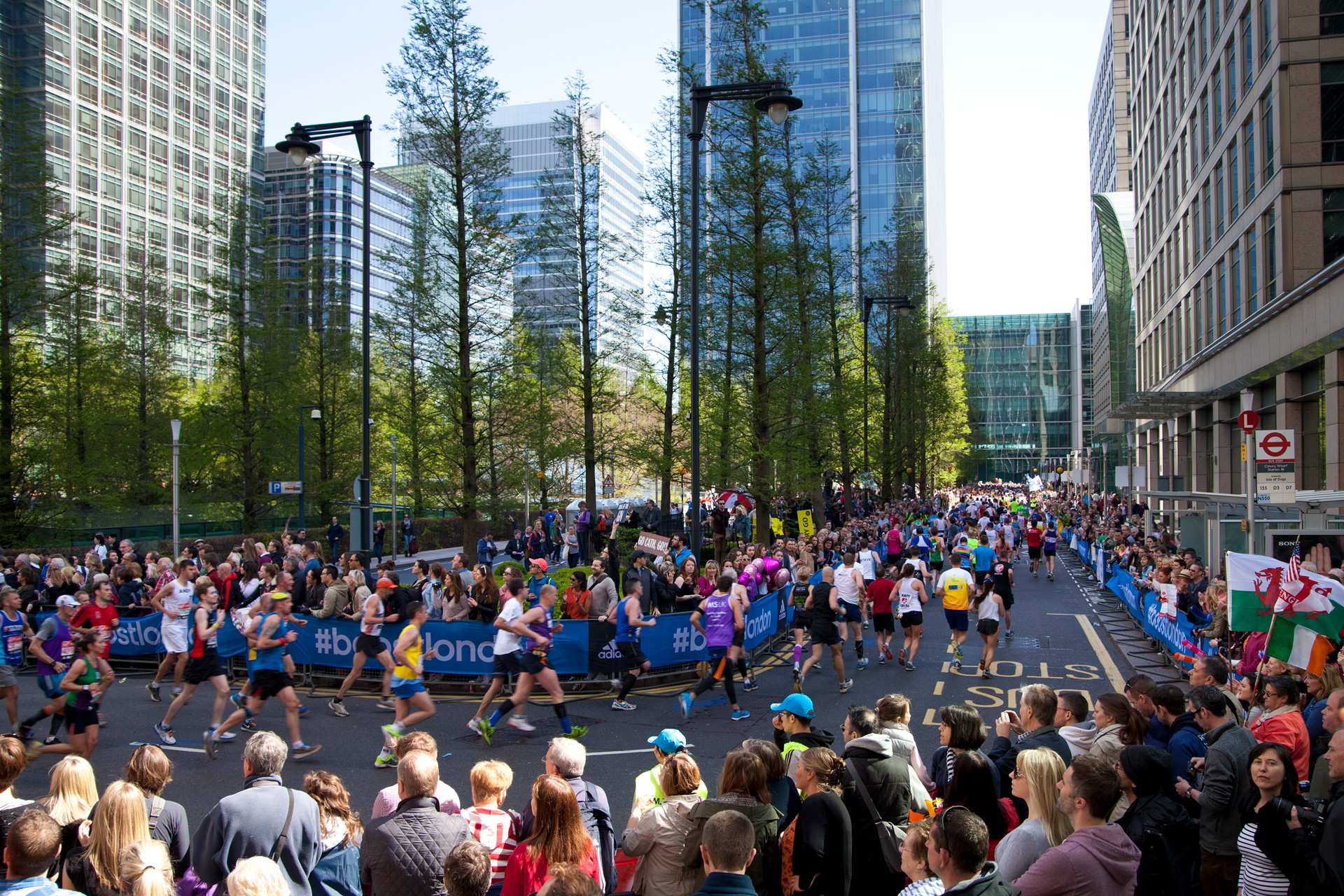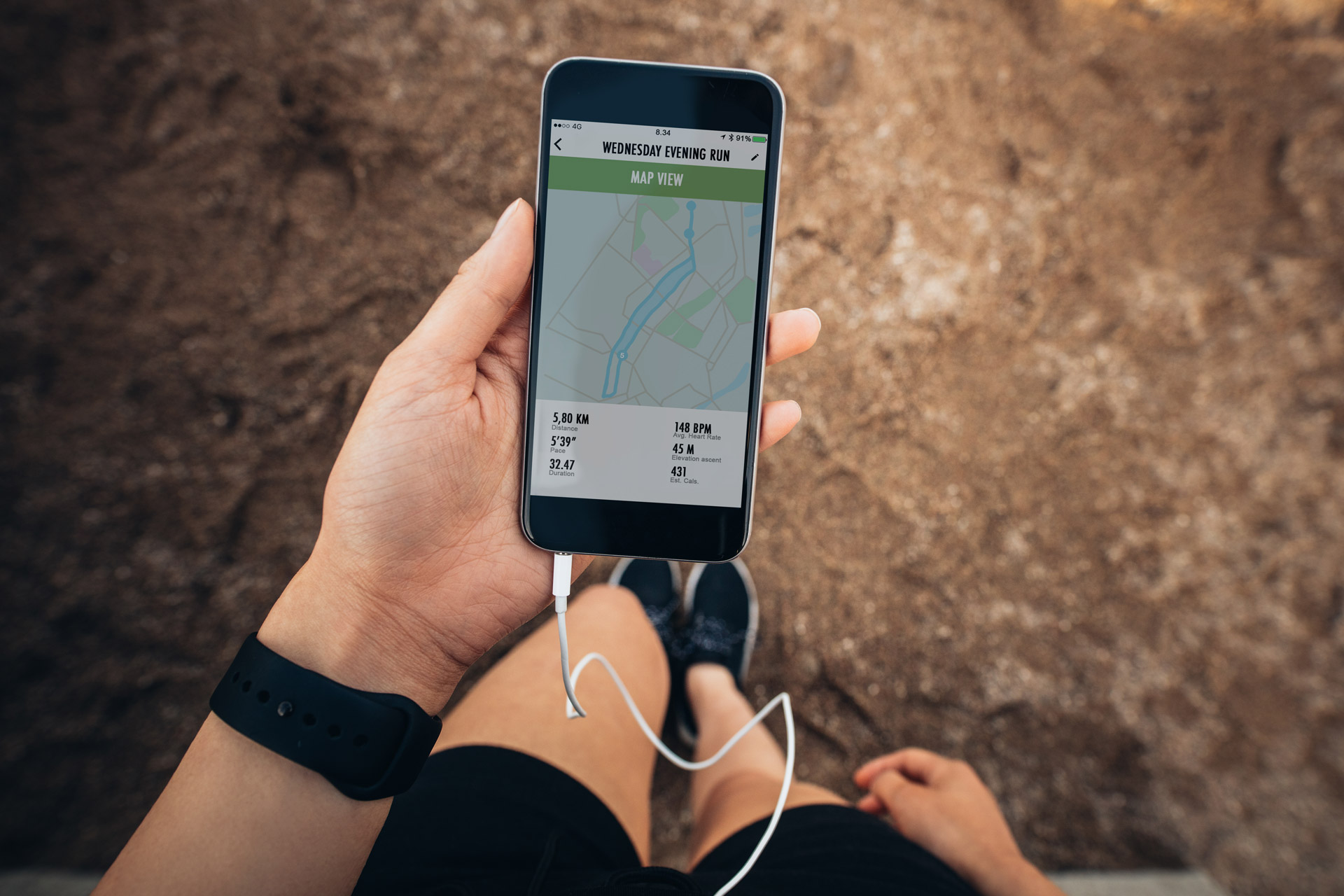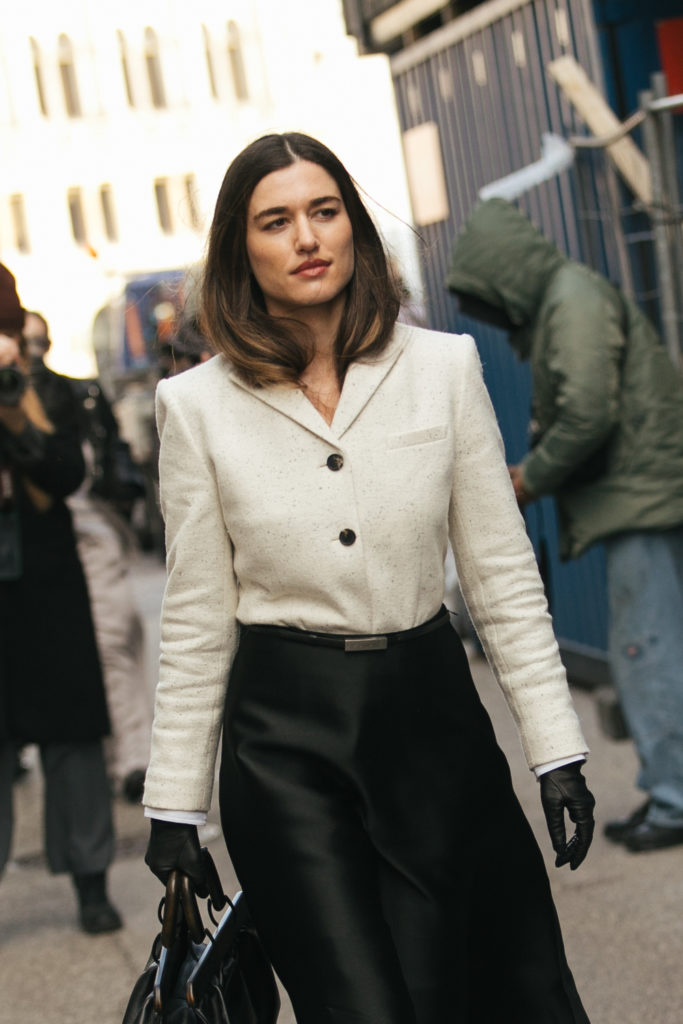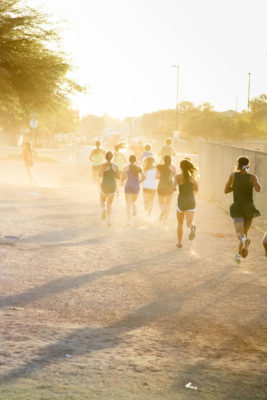
Why Are All My Friends Running Marathons?
By
26 mins ago
From celebrity fans to trendy tech, here's how running became cool
Ten years ago, you were the village loon if you ran a marathon. Now? You’re every Tom, Dick and Harry at the pub. Garmin tan lines, JustGiving pages and knee injuries are in vogue right now, but how did we get here? Ahead of the London Marathon this weekend – which is set to become the world’s largest, with over 56k people primed to take part – we explore how running became the sport du jour.
Inside The Running Boom
The Pandemic
If an alien observed Earth during the pandemic, they might reasonably conclude running was a symptom of Covid 19, with Garmin data showing a 31 percent increase in running miles logged from March to September 2020, compared to the previous year.
According to Public Health England, 80 percent of adults aimed to improve their fitness during the pandemic – and with socialising banned, we were left with ample time to do so. But with gyms closed, unless we fancied jumping up and down in front of Joe Wicks, options were limited. So many took to our most primal form: running.
For lots of people, running also became a vital tool for managing mental health struggles, which soared during Covid. In a survey conducted in 2021, the charity Mind found a third of adults had experienced a deterioration in their mental health since March 2020. With limited access to friends or therapy, the runner’s high quickly emerged as a powerful alternative.

Getty Images
Runfluencers
We’ve also seen a big rise in ‘runfluencers’ in recent years, usually identified by their Hoka trainers, Salomon running vests and chic pastel activewear, who have played a key role in romanticising running. Self-marketing masterminds have leveraged this to create full careers from running content, such as Anna Archer, Lucy Georgia and Mary McCarthy. Whilst not competitive professionals, their hundreds of thousands of followers generate enough income to make it a full-time job. Some have even left high-flying corporate careers to do so, like James Warnock, who resigned from a senior associate role at PwC last year to become a full-time ‘runfluencer’.
These names have undoubtedly played a part in altering people’s perceptions of running, making it appear aesthetic and accessible. Plus, their runs often seem to end with a pastry – no wonder everyone wants to join in.
Celebrity Runners
Celebrity culture was once synonymous with debauchery, chaos and hedonism. Think Kate Moss stumbling out of The Groucho Club at 4am, cigarette in one hand, good-looking male in the other. Now? The coolest place to be on the weekend isn’t the club, but Battersea Park running track.
A string of celebrities have entered their running era lately. YouTuber and Strictly star Joe Sugg has documented his journey training for the London Marathon this year, while celebrity chef Gordon Ramsay has competed in over 15 marathons. The Made In Chelsea alumni are also going big on extreme challenges: in 2023 Joshua Patterson ran 76 marathons in all 76 UK cities, in 2024 Spencer Matthews completed 30 marathons in 30 days across the Sahara Desert, and just last month, Jamie Laing ran five ultramarathons in five days.
Wearable Technology
Running was once the purest sport: one foot in front of the other, no equipment, no teammates, just you and the road. But wearable technology from brands like Garmin, COROS, and Whoop have completely changed the game.
Today, runners aren’t running alone, but with their watch, which tracks everything from distance, pace and heart rate to calories burned, blood oxygen levels, lactate threshold and even ‘body battery’. This data-driven approach not only helps runners train smarter – advising when to push and when to recover – but also makes the sport incredibly addictive.
Previously, missing a run may feel like no big deal, but now your watch alerts you of your cascading VO2 max if you continue sitting on the sofa, meaning there’s far more motivation to get running. These metrics leave people hooked on logging miles in pursuit of their wearable reassuring them they are being ‘productive’. And this reliance on tech is reflected in the stats: over 75 percent of marathon runners are found to use a Garmin watch, and over 90 percent of runners now track their runs, according to this research from 2024.

Getty Images
Running Apps
We all know social media is addictive – notifications, comments and likes are a dopamine jungle. So, it’s no surprise combining this with running has supercharged enthusiasm for the sport. Apps like Nike Run Club, Runna, MapMyRun and, most famously, Strava have utilised just that.
Previously you wouldn’t even know the exact distance of your Saturday morning run. But now you can now broadcast this (fairly) precisely, alongside a lengthy list of other metrics, to the world. In return? You can then secure ‘Kudos’ from friends, coaches or rivals, making it infinitely more enticing to go the extra mile. This inevitably defuncts the age-old adage that ‘success is made when no one’s watching’ as no matter when or where you are, everyone is now watching.
Some argue Strava is even the new Instagram, with users agonising over captions and sharing photos of their day, completely unrelated to their run. Running apps have also gamified running: Strava, for instance, has numerous challenges such as ‘Run 100km in April’, with digital trophies awarded for completion. Data has shown these trigger similar reward pathways in the brain to video games, making running even more addictive.
This obsession with running apps is reflected in their vast use. Since its creation in 2009 there have been over 10 billion activities shared on Strava, which now has over 150 million users. In 2018, the app was used so heavily by members of the U.S. military that its global activity heat map inadvertently exposed a secret base in Afghanistan.
So, if you’re ever wondering, why are all my friends running marathons? Blame Covid. Blame runfluencers. Blame Jamie Laing. Blame Garmin. And most of all, blame Michael Horvath and Mark Gainey, the founders of Strava, who in 2009 thought to themselves: why don’t we invent Kudos?









